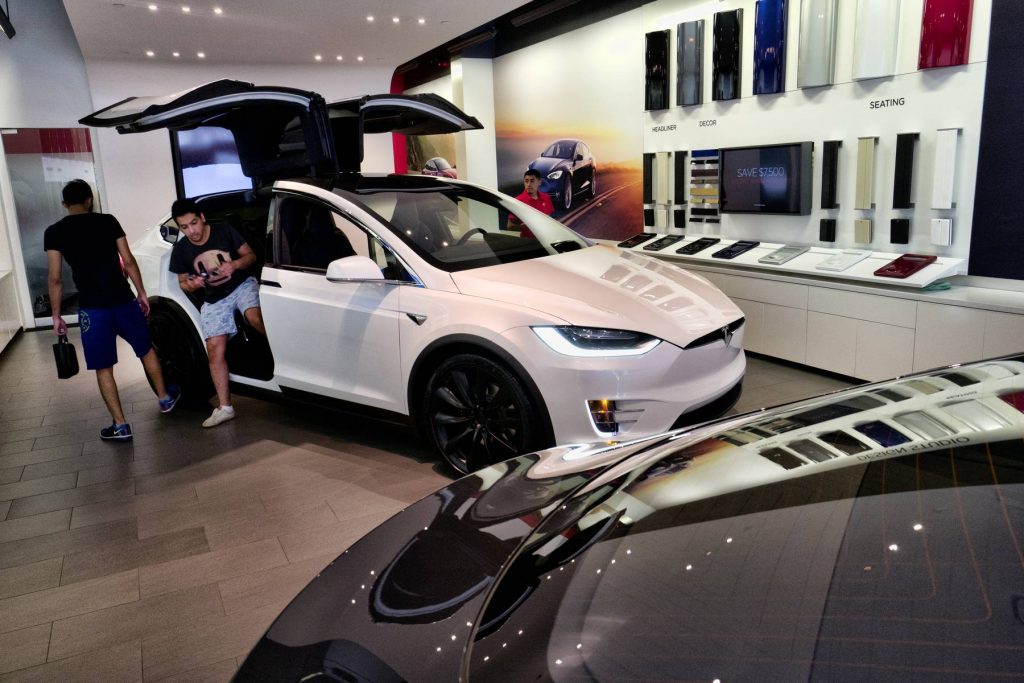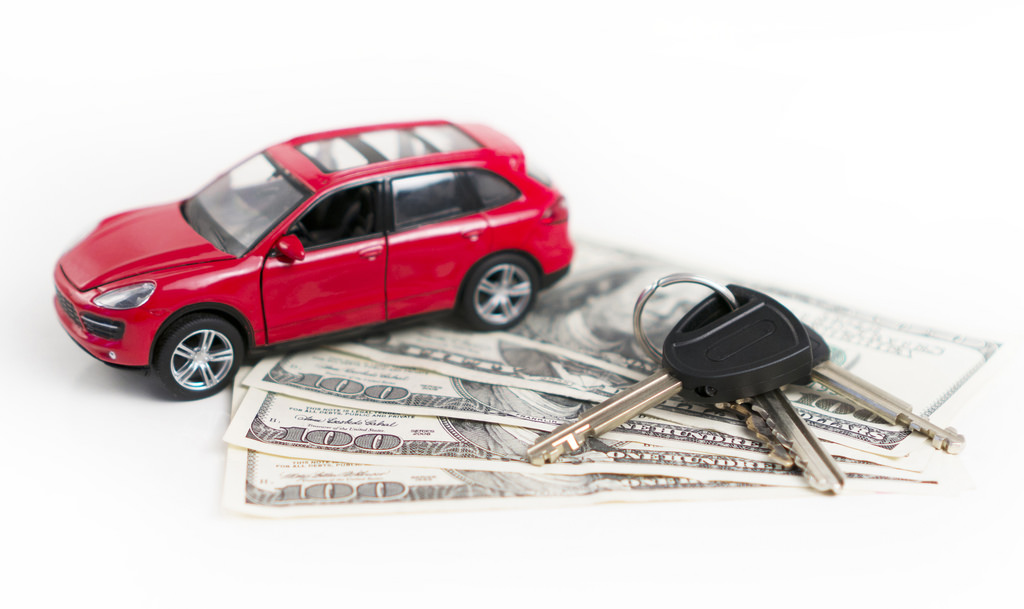You rely on your car every day to get you where you need to go. No matter how well you maintain it, the day will come when it’s time to buy a new car.
Unfortunately, that new ride will cost you. The average cost of a new car comes to about $36,718. So, how can you make sure you get the best deal possible?
Rebates and incentives make buying a new or pre-owned car more affordable. You just need to understand what you’re getting before you sign on the dotted line. Here’s what you need to know about them and incentives before you start shopping.
Understanding Manufacturer Rebates

Image source: federalnewsnetwork.com
Most of the incentives you see advertised on television and online come directly from the manufacturer of the car. These incentives help move out older makes and models so dealerships can order the latest models without crowding the lot.
Manufacturer rebates often sound like you’re getting cash back when you buy the car. And you are, in a sense. But instead of getting cash from the dealership when you buy the car, the rebate amount gets taken off the sale price.
Instead of getting cash, you’re effectively saving money on the cost of your new car.
Keep in mind that these rebates are typically only available on new cars.
Why? Because new cars have the highest markup and thus the most wiggle room for both the dealer and the manufacturer to still make a profit on the sale.
Rebates Change Frequently
They aren’t static. They change with the season and the longer certain makes and models sit on the lot, the larger those rebates can get.
This means you’ll want to pay attention to the deals around your area and learn more about each different rebate. If the current rebates and incentives aren’t enough to get you to the dealership, wait.
If you’re patient, you’ll likely catch a larger rebate on a similar make and model. That said, rebates won’t last forever. Some manufacturers only offer them for a limited amount of time and you’ll want to move fast if the discount is large enough for your budget.
Remember, it’s not up to the dealership to extend or remove a manufacturer rebate. They’re only able to offer them as long as the manufacturer allows.
You May Also Bonus Cash Incentives

Image source: federalnewsnetwork.com
In addition to the manufacturer rebates, some companies also offer bonus cash incentives on top of current promotions. Like standard rebates, you won’t leave the dealership with cash-in-hand.
Instead, the bonus cash amount gets deducted from the cost of the car. This amount is in addition to any rebates, increasing the amount you can save on a new car by hundreds of dollars.
Bonus cash offers typically get applied to cars that aren’t selling well in the area or even nationwide. They’re not bad cars. They’re just ones that don’t seem to speak to the majority of drivers.
If you have very specific tastes, finding a car you’ll love with a bonus cash incentive may be tough. But if you’re just looking for a high-quality car at an incredibly affordable price, give them a test-drive.
Some Lenders Provide Special Interest Rates
Rebates and bonus cash incentives help you get cars at lower prices. This makes them especially appealing to cash buyers—people who don’t plan on taking out an auto loan for the purchase. They’re still able to get more car for their money.
But what if you plan on taking out a loan for your new car? Look for lender incentives!
These incentives often let you take out a loan for the car with low to no interest payments for a certain number of months. The lender incentives are completely separate from the rebates you qualify for, so you’ll still get a good price. But you’ll also save money on the interest payments up-front.
Before you agree to the special interest rate, you’ll still want to shop around for auto loans. After that special interest rate expires, the rest of the loan may have a higher-than-normal interest rate.
Use caution, read the fine print, and always think about the total interest you’ll pay on the loan. The more interest you pay, the more the car will ultimately cost you.
Dealerships Offer Their Own Incentives

Image source: shuterstock.com
But sometimes, dealers extend those rebates to pre-owned cars. This helps them get rid of inventory that otherwise might sit for months on end.
Remember, a rebate doesn’t mean the car is low-quality. It just means that the dealership wants to make space on their lot for new cars.
These rebates work much the same way as manufacturer rebates. You’ll get the amount of the rebate deducted from the purchase price of the car.
Keep in mind that these rebates are often much smaller than manufacturer rebates for new cars. This is because you’re paying less for the car in the first place and dealerships don’t have the same amount of flexibility in pricing as manufacturers.
Rebates and Incentives Should Never Replace Negotiation
Rebates and incentives may lower the price you pay, but that doesn’t mean you have to pay the sticker price. In fact, you shouldn’t.
Always negotiate the price of the car down before discussing the rebates and incentives offered at the dealership.
Remember, car prices are artificially inflated because dealerships expect you to haggle them down. If you accept the discount from the rebate and incentive without negotiating, you may end up paying more than you should.
Buying a New Car Doesn’t Have to Cost an Arm and a Leg

source: lets-talk-law.com
If you’re looking for a new car, look at options with current rebates and incentives rather than buying one at full-price. This way, you’ll be able to get more car for the money.
No matter what you end up looking at, make sure to read the details of the rebates and always negotiate the price with the dealership. The last thing you want to do is pay more than the car is really worth.
Looking for more helpful tips to make your search for a new car a breeze? Check out our latest posts.




